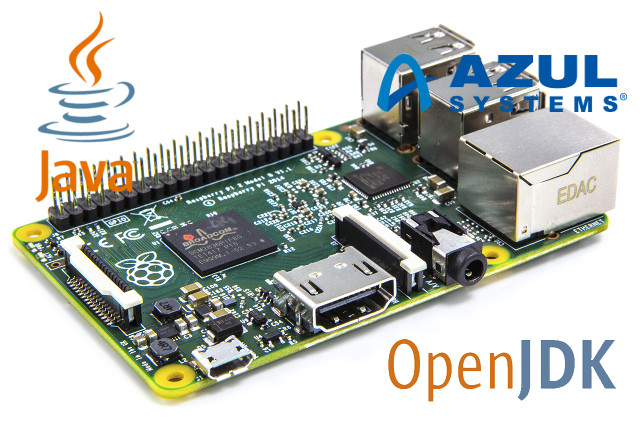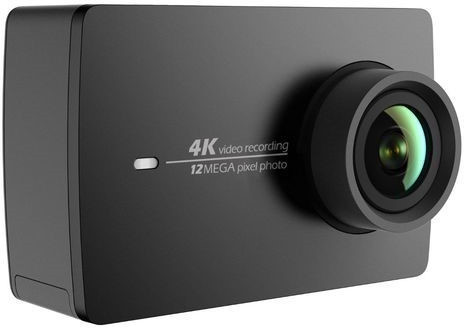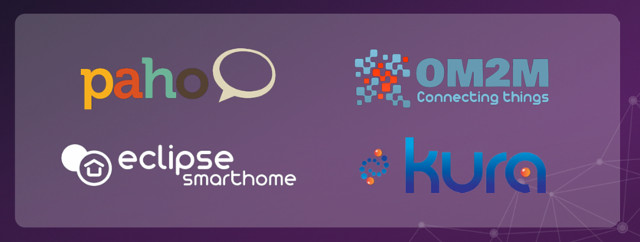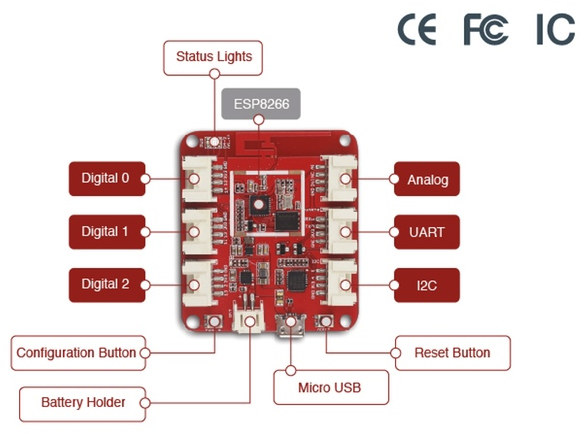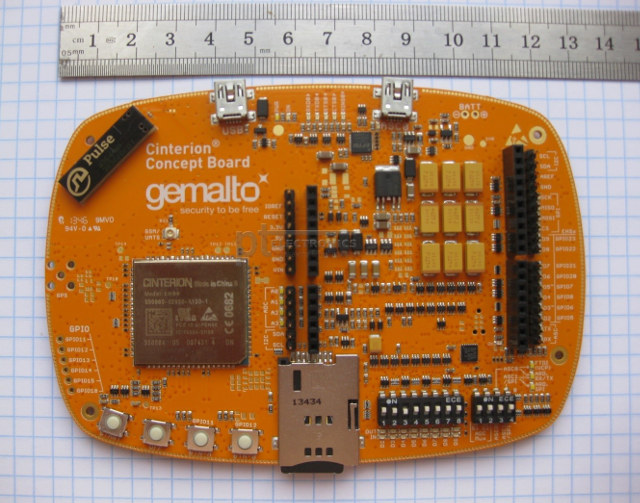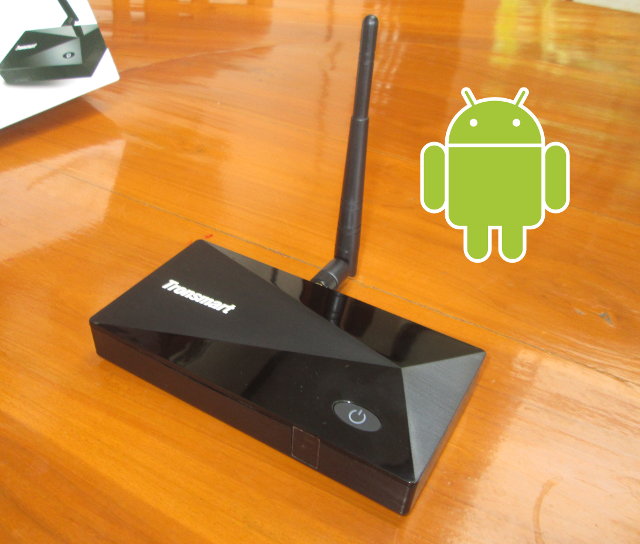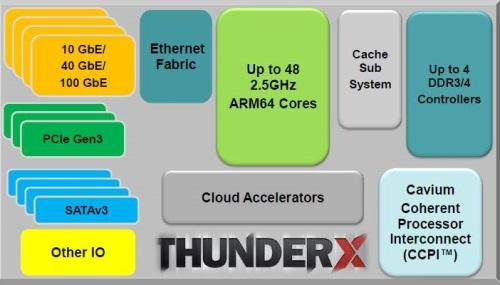Yesterday as I wrote about the Embedded Systems Conference 2017 schedule I came across a potentially interesting talk entitled “Building A Brain With Raspberry Pi and Zulu Embedded JVM” by Azul Systems that will explain how to build a brain emulator using a cluster of Raspberry Pi boards. I wanted to find more about it, but I have not been able to find any details about the project/demo at this stage. However, I could still learn a bit more about Zulu Embedded, which is said to be an open source Java Virtual Machine based on OpenJDK, compliant with Java SE standard, working on 32-bit & 64-bit ARM & x86, MIPS, and PowerPC, as well as multiple operating systems. Some of the key features of Zulu Embedded include: Java Support – Java 6, 7, 8, and 9 when available Java Configurations – Headless, headful, or compact Java Compact Profiles Hardware – […]
Yi Technology Releases an Open API SDK for Yi and Yi 2 4K Action Cameras
Yi Technology, the maker of Yi actions cameras, often wrongly reported as Xiaomi Yi cameras as they are sold in Xiaomi stores, has now released an Open API to allow software and hardware engineers to develop products – such as drones, robots, or 360 deg. video recording setups – using their cameras. YiOpenAPI supports three types of APIs available in Java or Swift languages: Camera control (start/stop recording, capture picture, turn on/off viewfinder, etc…) Camera settings (date/time, video resolution, photo size, video standard, etc…) Camera state (record started/completed, video finder started etc…) There are also some app samples, one of which being YI360Demo available in both binary and source code, and used to control multiple Yi cameras in order to shoot 360 deg. / VR videos. You can find YiOpenAPI on github, get support on YiOpenAPI Facebook group, and sign-up for news updates on YiOpen.com. Via GeekBuying Blog Jean-Luc Aufranc […]
The Eclipse Foundation Releases Open Source Smart Home & IoT Gateway Frameworks, MQTT & oneM2M Implementations
The Eclipse Internet of Things (IoT) Working Group has released – or soon will be releasing – four open source projects for the Internet of Things with Eclipse SmartHome 0.8 framework, Eclipse Kura 2.0 IoT gateway framework, Eclipse Paho 1.2 MQTT & MQTT-SN clients, and Eclipse OM2M 1.0 implementation of oneM2M standard. Eclipse SmartHome 0.8 Eclipse SmartHome is a framework for smart home solutions that runs on embedded devices, including Raspberry Pi, BeagleBone Black or Intel Edison development boards. The latest SmartHome 0.8 release includes a new REST API and corresponding “Paper UI” administration interface, support for new devices including Sonos speakers, LIFX bulbs, Belkin WeMo devices, digitalSTROM systems, EnOcean devices (via a new OSGi EnOcean Base Driver) and others, as well as a new rule engine supporting templates for beginners, JavaScript for automation rules and graphical rule editors. You can find more details on Eclipse SmartHome page, and/or download SmartHome 0.8, […]
Android N Developer Preview Released with Multi-Window Support, PiP, Background Apps Optimizations…
Google has just released an early developer preview of Android 7.0 N (Nutella?) before the OS officially launched later this summer with new features such s multi-window support, TV recording, Picture-in-picture, bundled notifications, and efficiency improvements. So let’s have a look at some of improvements: Multi-window – A new manifest attribute called android:resizableActivity is available for apps targeting N and beyond, allowing your activity to be launched in split-screen modes on phones and tablets. In addition, activities can also go into picture-in-picture mode on devices like TVs by setting android:supportsPictureInPicture to true. Direct reply notifications: Initially an Android Wear only features, the RemoteInput notification API has now been added for smartphones and tablets, and allows user to reply directly within the notification shade. Bundled notifications – The Notification.Builder.setGroup() method can be used to bundle notifications from the same app together. Efficiency Improvements – Doze has been further improved to save […]
Wio Link is an ESP8266 Board Designed to Make IoT Projects Easier (Crowdfunding)
There are already plenty of board or modules based on Espressif ESP8266 WiFi SoC, but if you don’t like soldering, or would rather avoid breadboards and some cables for your or your kids’ projects, Wio Link may be interesting, as all you need to is to connect Grove modules required for your applications to get started, and Seeed Studio also took care of the low level software part and a drag-and-drop mobile app is provided, so software programming has been made easy too. Wio Link hardware specifications: SoC – Espressif ESP8266EX Tensila SoC Storage – 4MB flash Connectivity – 802.11b/g/n WiFi, with WEP/TKIP/AES encryption support Expansion – 6x Grove connectors: 3x digital, 1x analog, 1x UART and 1x I2C (3.3V I/Os) Power Supply 5V via micro USB port 3.4 ~ 4.2V via external battery Output DC Current – 1000mA MAX Charge Current: 500mA MAX Dimensions – 55mm*48mm Weight – 26g […]
Gemalto Cinterion Concept Board Features 3G Connectivity, Arduino Headers for Secure Java M2M Applications
Gemalto is a digital security company providing software solutions, smart cards, and secure modules, and one the largest manufacturer of SIM cards. The company has launched a developer board earlier this year called Cinterion Concept Board with the company’s Cinterion EHS6 M2M Java embedded machine-to-machine (M2M) 3G module, and Arduino compatible headers. Cinterion Concept Board specifications: 2G/3G M2M Module – Gemalto Cinterion ESH6 with Java ME embedded support Cellular Connectivity GPRS/EDGE Class 12, HSPA, 5 bands 3G, 4 bands 2G. Voice support. On-board antenna (top left side on picture) SIM card holder Expansion Arduino Compatible headers 8 GPIO with level shifters, and corresponding LEDs USB – 1x mini USB port for power, 1x mini USB port for debugging and power Misc – Start on/off, and user buttons, LEDs for serial interface. Power – 5V via either mini USB ports, solder pads for external battery. Dimensions – N/A The board is […]
How to Build Android 4.4 for Rockchip RK3288 Devices (Tronsmart Orion R28)
After blowing up my ATX power supply, and learning such things as “FULL” power supplies do exists, I finally managed to build Android for Tronsmart Orion R28 using the provided SDK. I haven’t tried to load it on the device yet, but the build could complete successfully after following the steps below in Ubuntu 14.04. The SDK is probably not specific to one device, so it might just also work on other RK3288 TV boxes and tablets. First download Android 4.4 SDK for RK3288, or use the one in the micro SD card provided with the Beta version of R28 Pro and Meta. Install some dependencies:
|
1 2 3 4 5 |
sudo apt-get install git-core gnupg flex bison gperf libsdl1.2-dev libesd0-dev libwxgtk2.8-dev \ squashfs-tools build-essential zip curl libncurses5-dev zlib1g-dev pngcrush schedtool libxml2 \ libxml2-utils xsltproc lzop libc6-dev schedtool g++-multilib lib32z1-dev lib32ncurses5-dev \ lib32readline-gplv2-dev gcc-multilib libswitch-perl gcc-arm-linux-gnueabi lzop libncurses5-dev \ libssl1.0.0 libssl-dev |
Extract the SDK:
|
1 |
tar xvf Orion_R28_SDK_doc.tar.gz |
And build the kernel first: Enter the kernel directory:
|
1 |
cd RK3288_R-BOX_ANDROID4.4.2-SDK_V1.0.0/kernel/ |
Change arch/arm/boot/dts/Makefile to use RK3288 device tree file instead of an RK3188 (may not be needed, but the build failed for me without that change…):
|
1 |
dtb-$(CONFIG_ARCH_ROCKCHIP) += rk3288-box.dtb |
It’s also quite […]
Cavium ThunderX Server SoC Features up to 48 ARM 64-bit Cores
ARM SBSA specification for server supports up to 268,435,456 CPU cores for the second level of standardization on one or a combination of SoCs. We’re not quite up there just yet, but Cavium ThunderX is an ARM server SoC with up to 48 cores on a single chip, which is the highest number of cores I’ve ever heard of in an ARM SoC. The company created their own custom processor cores using an ARMv8 architecture license, designing an SoC complies with ARM’s Server Base System Architecture (SBSA) standard with the following key features: ARM based SoC that scales up from 8 to 48 cores with up to 2.5 GHz core frequency with 78K I-Cache, 32K D-Cache, and 16MB L2 cache. Fully cache coherent across dual sockets using Cavium Coherent Processor Interconnect (CCPI) Integrated I/O capacity with 100s of Gigabits of I/O bandwidth 4x DDR3/4 72-bit memory controllers supporting up to 1TB RAM […]


